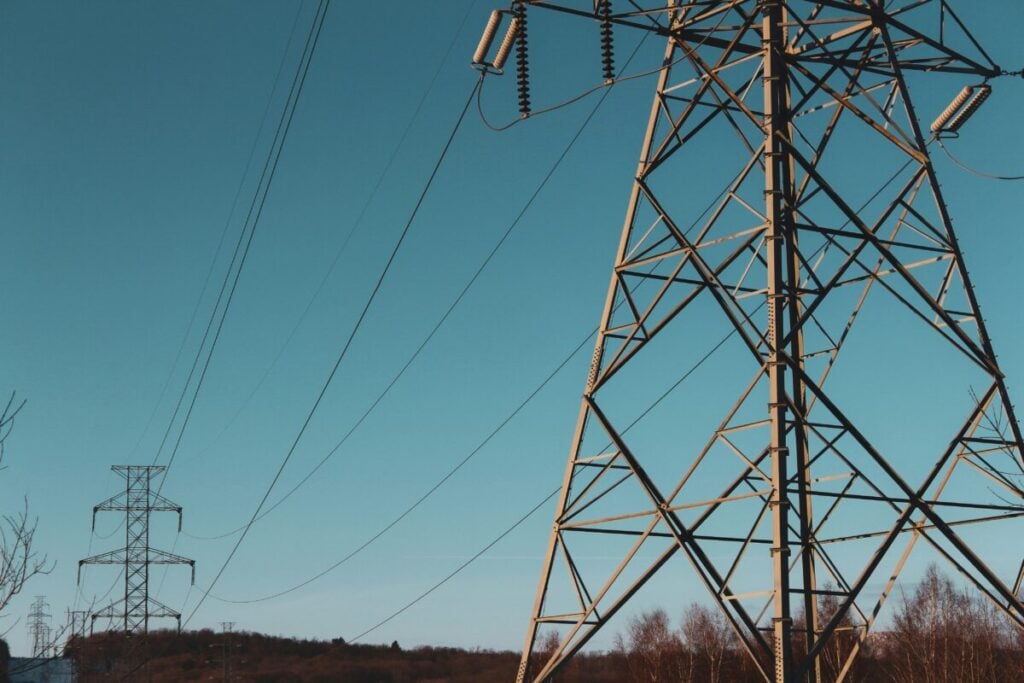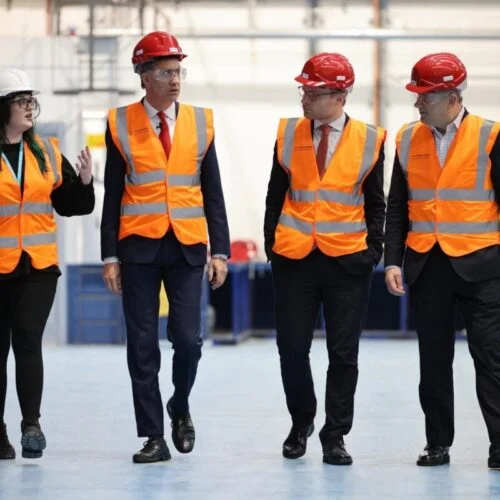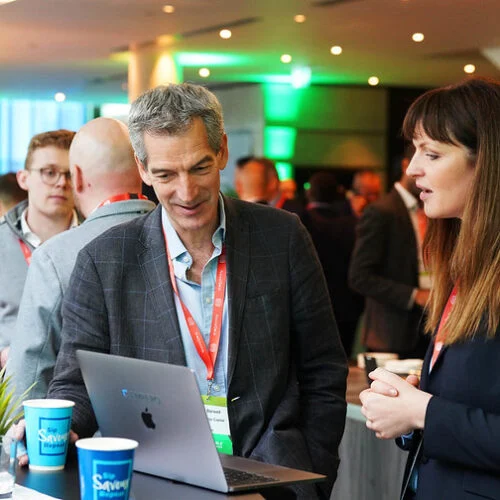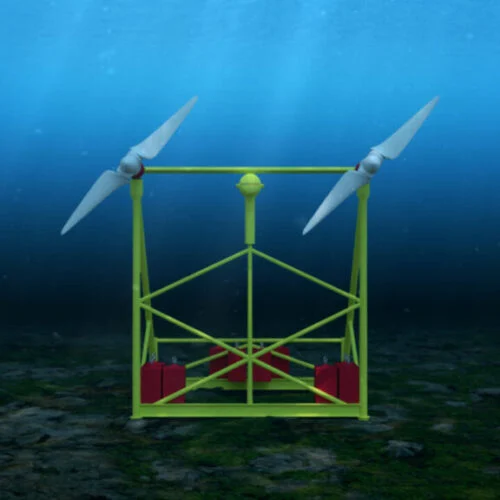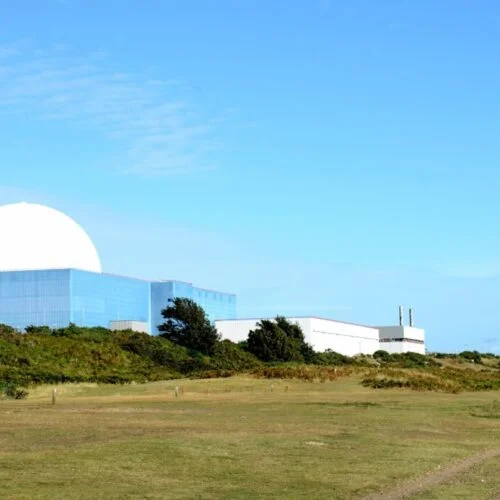Ofgem has laid out plans for the next electricity distribution price control period (ED3), starting in April 2028.
The publication comes after a consultation on the proposed new framework which took place in late 2024 and sought views from stakeholders on the next phase of electricity distribution price control across the UK.
The Framework Decision published today (30 April) is designed to explain how ED3 will “deliver against the challenges and opportunities facing the electricity distribution sector” by regulating the infrastructure investments and behaviour of electricity Distribution Network Operators (DNOs). The newly plans will cover the five year period between 1 April 2028 and 31 March 2033, a time which Ofgem director general for infrastructure Akshay Kaul calls “a critical juncture on the pathway to a clean power system by 2030.”
In contrast to the current RIIO-ED2 framework under which DNOs currently operate, Ofgem stated that “DNOs will be more strongly held to account for the quality and subsequent delivery of their plans”, additionally stating that DNOs will need to plan and deliver investment ahead of longer-term network needs. A key part of this surrounds the development of Regional Energy Strategic Plans (RESPs), which will be created and implemented by the National Energy System Operator (NESO) by the end of 2027.
Ofgem expects DNOs to prepare a long-term integrated network development plan covering the time to 2050, using the transitional RESPS, which will be delivered from 2026, as a key input. Following this, DNOs will optimise their ED3 five-year plans in the context of these long-term plans to help deliver the best outcomes at the best value for money to consumers.
Uptick in investment and longer-term planning
Much of the final framework was shaped by a report by the National Infrastructure Commission (NIC), which was completed in February 2025. The NIC’s report stated that nationally, between £37 billion and £50 billion of investment into the electricity distribution network could be needed to support additional demand and generation between now and 2050, a sum that represents at least a doubling of current annual allowances for distribution network spending.
Ofgem noted that the NIC’s broader recommendations have already been incorporated into their ED3 framework policies.
Ofgem has also stated that it is making changes to the overall regulatory framework for the ED3 price control period, primarily focusing on moving towards a longer-term and more planned approach. Additionally, the regulator notes that it will enhance monitoring arrangements to ensure DNOs deliver on their investment plans and hold companies to account through a combination of new output delivery metrics and existing regulatory processes.
Steve McMahon, Ofgem director for network price controls, called local electricity distribution grids “central to the government’s clean power mission and the wider transition to net zero”.
He added: “Taken together with the wider RIIO-3 programme, these are our most consequential set of price controls that will see the biggest grid expansion in a generation, paving the way towards a clean energy system that supports the wider electrification of the economy.”
Ofgem stated that it will now begin developing the methodology for the price controls to inform the DNOs in the creation of their business plans for 2028 to 2033, which Ofgem expects to receive in late 2026.
